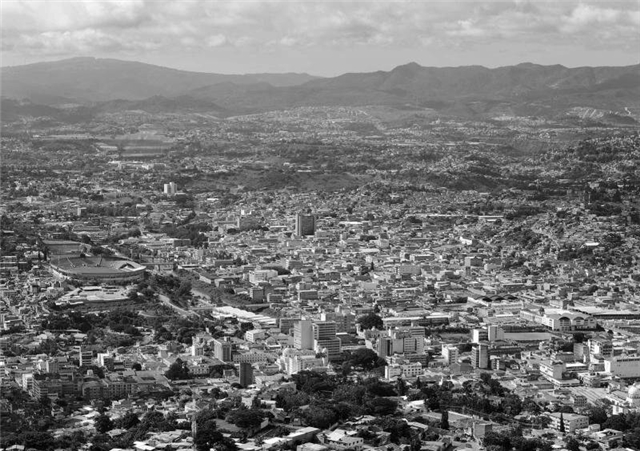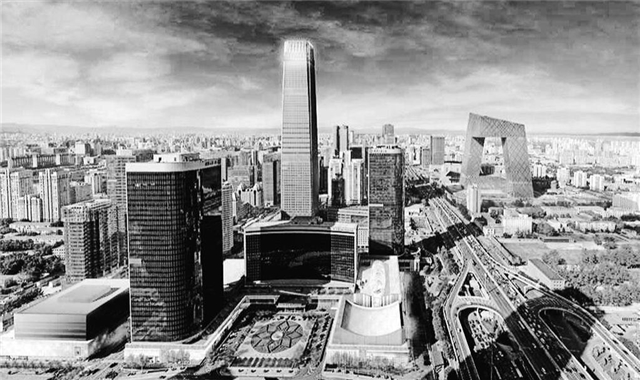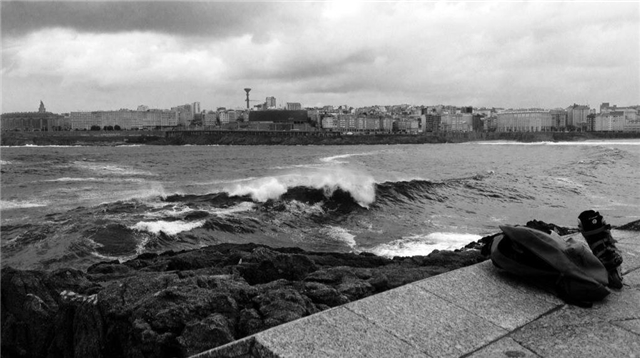Architecture & Adaptation: Evolutionary Theory of Space through an Artificial and Individual Human Being
(Double PhD Research: Never finished, as I need this NY support).
----
(…) We live in a material society, without conscience, and why deny it: hypocritical, with a tendency towards depression, loneliness and isolation. Is architecture related to any of these?
Darwin’s Theory of Evolution states that human beings, as animals, have a penchant for improvement and a tendency to adapt to their surroundings.
Applying this to our way of life, I might ask: Are we the ones adapting to the architecture of a place, or is the architecture of a place adapting to us?
I think the answer is fairly simple: it’s impossible that architecture, something already existing, adapts to us.
But now, what or who is adapting to what?
We have lost the essence, we are adrift and can’t seem to find our way. I recapitulate: Is architecture adapting to people or are we the ones adapting to architecture?
It is a given that something as insignificant as a person, we, the “homo ludens”, can’t control the power of space or the architecture of a place, so the answer must be obvious and clear, no matter how objective we pretend to be, or how we wish it so.
This first installment is also a criticism towards us, architects, with a tendency towards the beauty of a finished building instead of the feelings it would evoke on the people around it.
We must be the ones adapting to the architecture of a place, traditional or not, and to everything around us. We will make it ours, and only then will we control it: Consciously or unconsciously.
Now that the animal, primate, has become man, “homo ludens”, does he adapt to his surroundings?
From my point of view, there are two different answers:
- There are people who are so used to migration and displacement that forget that architecture, and therefore our surroundings, are truly there. Those who unfortunately perceive them (including myself, even if as an architect I shouldn’t), distinguish space as something merely aesthetic or even non-existent.
That is to say, architecture is transformed into something temporal that doesn’t truly exist but is there, always present in a lifestyle of travel and migration. We are so used to moving, that we don’t stop to analyze why are we able to adapt to a way of life that is so utterly different.
All beings think that they don’t fully care about their surroundings, but truthfully, they are capable of adaptation, of processing the architecture of a place, regardless of where that place is, not minding cultural barriers, or even language or climate.
Meaning, that for better or worse, humans adapt to architecture, and in the same way, architecture and space are always unconsciously present in the minds of the people.
- On the other hand, and as I said in the beginning, other types of people also exist. There are ones who associate architecture with something permanent, who are not used (even if it doesn’t sound right) to knowing what exists beyond their front door, and think that is everything that exists in the whole world. They lack spatial awareness. We talk about space because it is truly a sixth sense, always present in ourselves.
These individuals don’t believe in the possibility of architecture existing beyond the four walls of their bedroom, and they don’t want to see, or don’t know, that the culture and tradition of a place leave a mark in a person’s lifestyle.
This, is a fact. There are two kinds of people:
Those that by default move, and the ones who remain static. What they don’t know is that both are affected by the inception of space, they don’t realize that the architecture of a place not only conditions their way of life, but also the way they live in our society, as Darwin mentioned.
I will name these kinds of people the following:
Divergents (those who don’t belong anywhere, but at the same time belong everywhere, as they are temporal, and are the ones included in point 1), and the ones that belong to group 2 (static and permanent, that sooner or later will have to evolve), and called “Homo Ludens”.
Summarizing: DIVERGENTS vs HOMO LUDENS (…)








